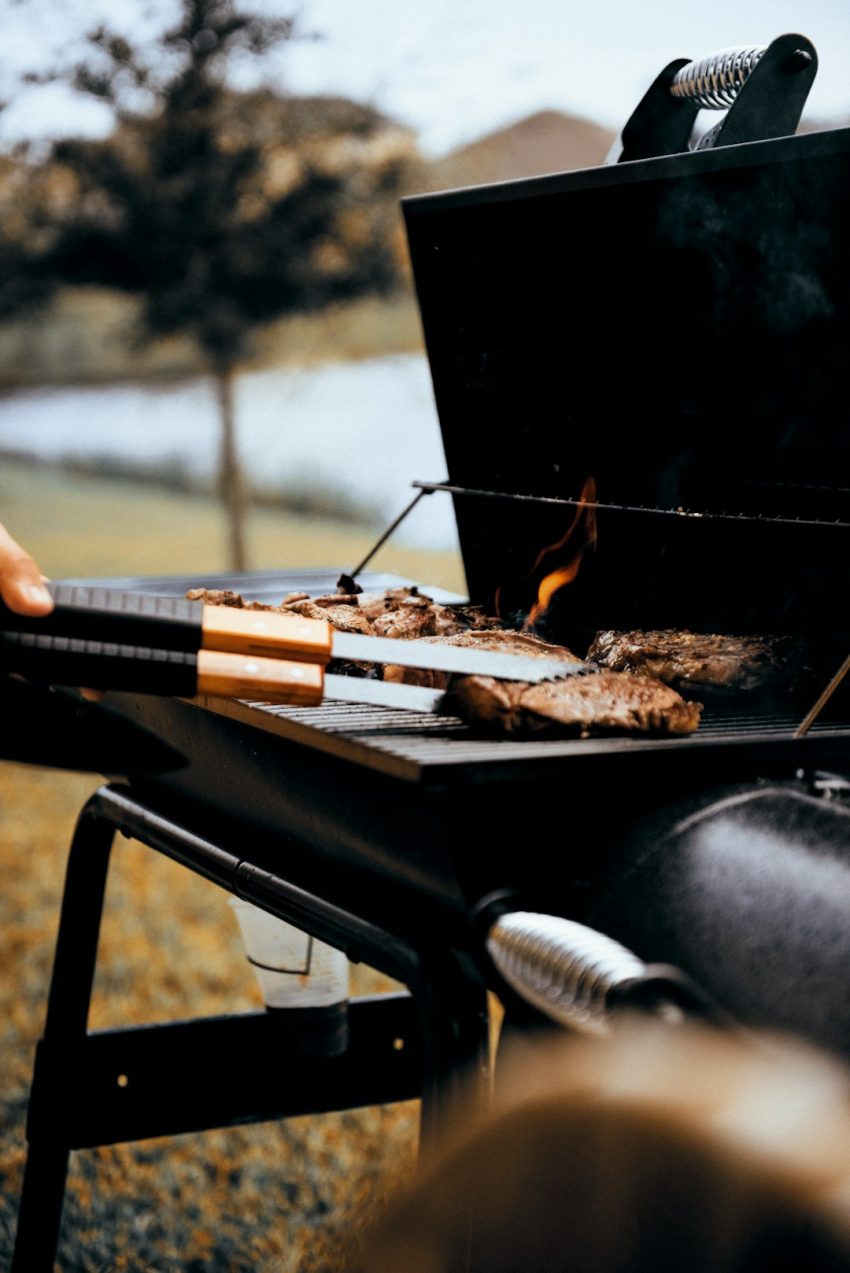Achieving perfection in a Smoked BBQ Brisket Recipe requires attention to detail at every step. The key begins with selecting the "first cut" or "point" section of beef for its ideal balance of tenderness and flavor, rich natural marbling, and fat cap that allows BBQ sauce to penetrate deeply.
Mastering the dry rub seasoning is crucial; a blend of spices like salt, pepper, garlic, paprika, and chili powder infuses brisket with complex flavors and creates a desirable crust. The low-and-slow cooking technique at 225°F – 250°F (107°C – 121°C) using hardwoods like oak or hickory transforms tough muscle fibers into melt-in-your-mouth brisket. Monitoring internal temperature between 165°F – 170°F (74°C – 77°C) is essential for flavor development.
The perfect Smoked BBQ Brisket Recipe is rounded out by a balanced barbecue sauce, glaze (with brown sugar, mustard, vinegar or added spices), and strategic accompaniments like coleslaw, potato salad, mac 'n' cheese, or baked beans to cater to diverse tastes.
Unleash the ultimate culinary experience with the perfect smoked BBQ brisket recipe. This guide takes you on a journey from choosing the best cut of meat to mastering the art of low and slow cooking. Learn the secrets of dry rub seasoning, glazing techniques, and resting to achieve that tender, flavorful brisket. Discover the ideal barbecue sauce and serving suggestions, including delicious accompaniments and pairings. Elevate your BBQ game with these expert tips!
- Choosing the Perfect Brisket Cut
- Dry Rub Seasoning: A Game-Changer
- Mastering the Smoking Process
- The Art of Low and Slow Cooking
- Selecting the Right Barbecue Sauce
- Glazing Techniques for Extra Flavor
- Resting and Slicing: The Final Touches
- Serving Suggestions: Accompaniments and Pairings
Choosing the Perfect Brisket Cut
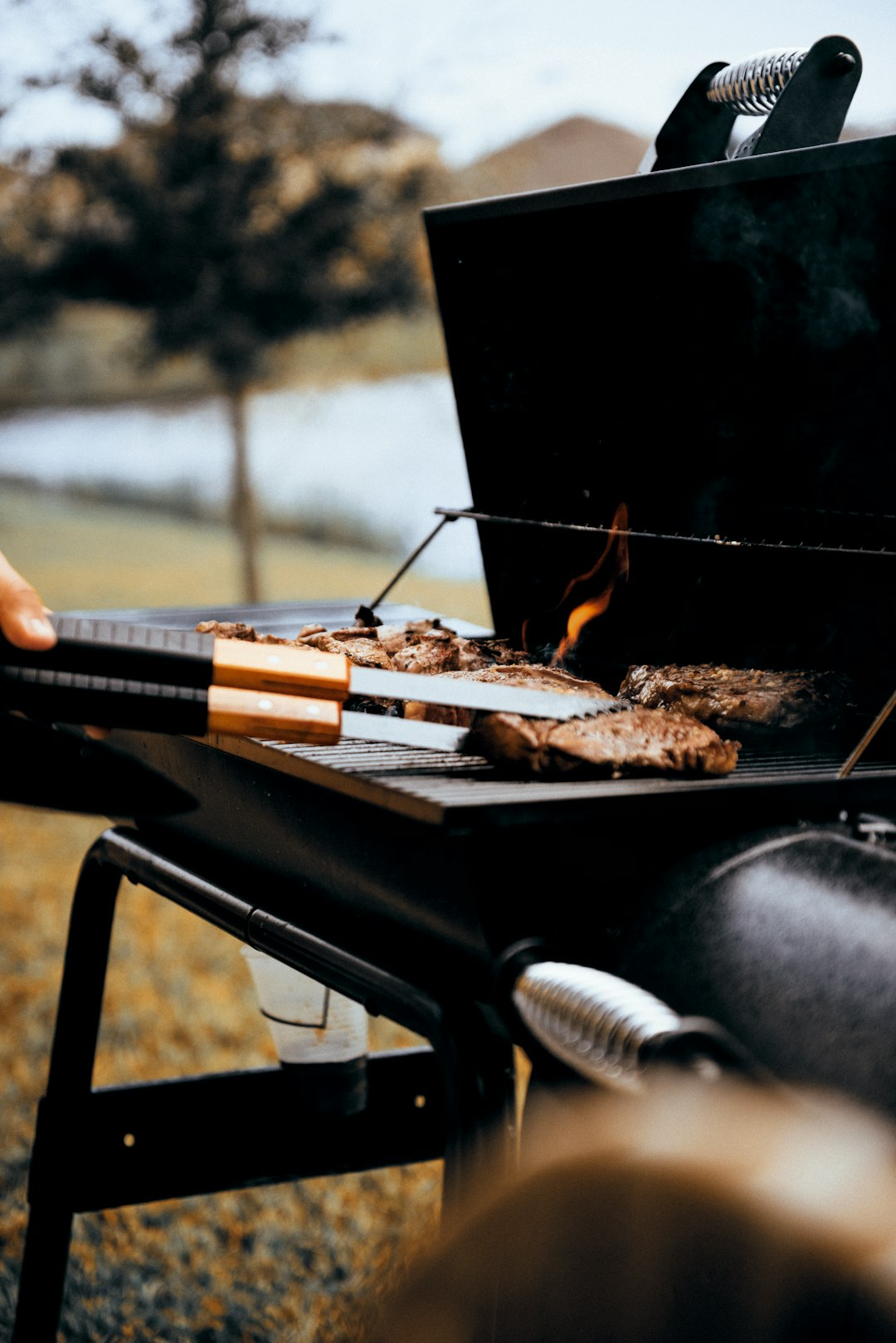
When crafting the perfect smoked BBQ brisket recipe, selecting the right cut is half the battle won. The most popular and sought-after option is the “first cut” or “point” section of the brisket. This cut is leaner than the flat cut, offering a delightful balance between tender meat and rich flavor. The point section has a good marbling of fat, which renders beautifully during the smoking process, ensuring your brisket stays moist and juicy.
Considering the right cut allows you to maximize the BBQ sauce’s interaction with the meat. The fat cap on the point provides an ideal surface for the sauce to adhere, allowing it to penetrate deep into the fibers as the brisket smokes, resulting in a mouthwatering smoked BBQ brisket that melts in your mouth.
Dry Rub Seasoning: A Game-Changer
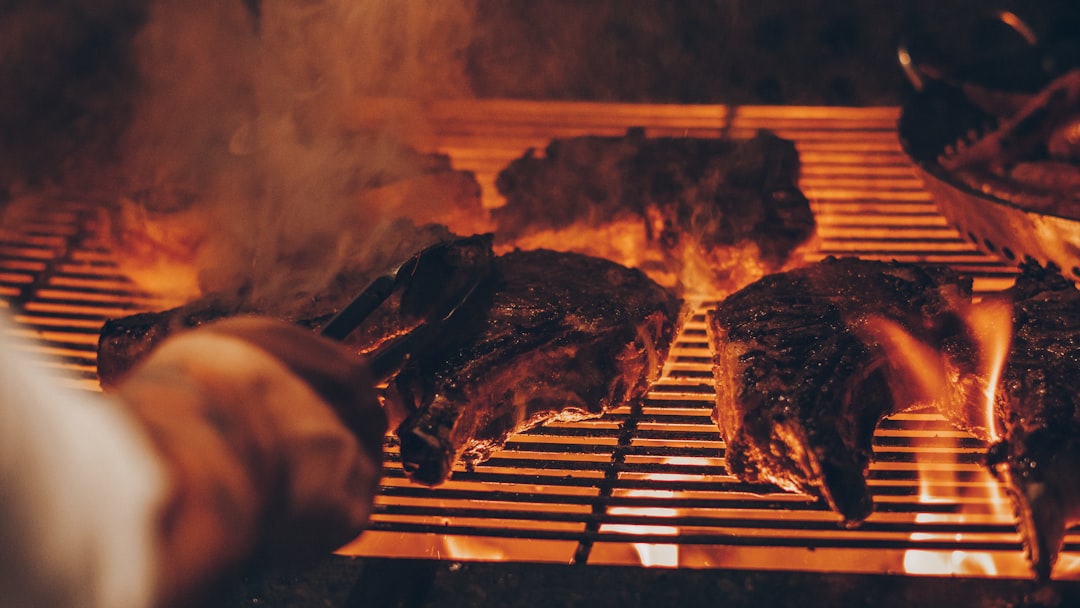
Dry Rub Seasoning is a game-changer for any smoked BBQ brisket recipe. Its intricate blend of spices—typically including salt, pepper, garlic, paprika, and chili powder—infuses the meat with depth and complexity that can’t be achieved through moisture or sauce alone. The rub not only enhances the natural flavors of the brisket but also helps to create a stunning crust, adding both texture and visual appeal to your dish.
When applied correctly, a dry rub acts as a flavor anchor, allowing the smoky notes from the barbecue process to interact with the spices in a way that creates an unforgettable taste profile. Whether you opt for a simple blend or experiment with unique additions like brown sugar or mustard seeds, the dry rub step is non-negotiable for achieving that perfect smoked BBQ brisket texture and flavor.
Mastering the Smoking Process
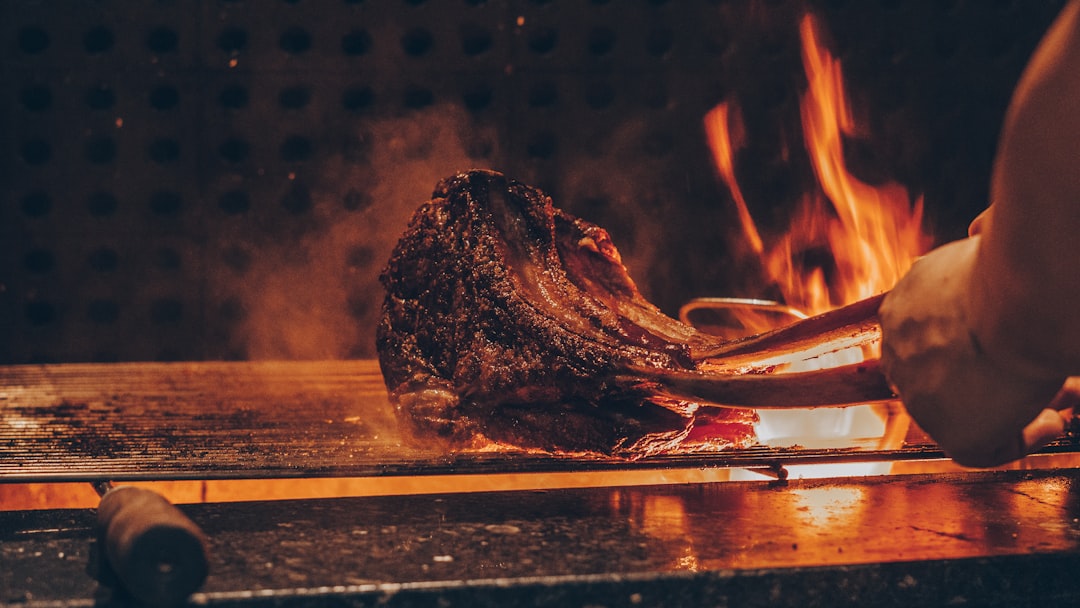
Mastering the art of smoking brisket is key to unlocking its tender, juicy potential. The process involves a delicate balance of time, temperature, and technique. Start by selecting a high-quality, well-marbled brisket, allowing it to come to room temperature before smoking. Preheat your smoker to the ideal range—typically between 225°F to 250°F (107°C to 121°C)—and use hardwoods like oak or hickory for a robust flavor.
Slow and steady wins the race; smoke the brisket at a consistent temperature, adding wood chunks or chips as needed. The low-and-slow method ensures even cooking, transforming tough muscle fibers into melt-in-your-mouth tenderness. Regularly monitor the internal temperature, aiming for 165°F to 170°F (74°C to 77°C) before wrapping it in foil—this is when magical flavors start to develop.
The Art of Low and Slow Cooking
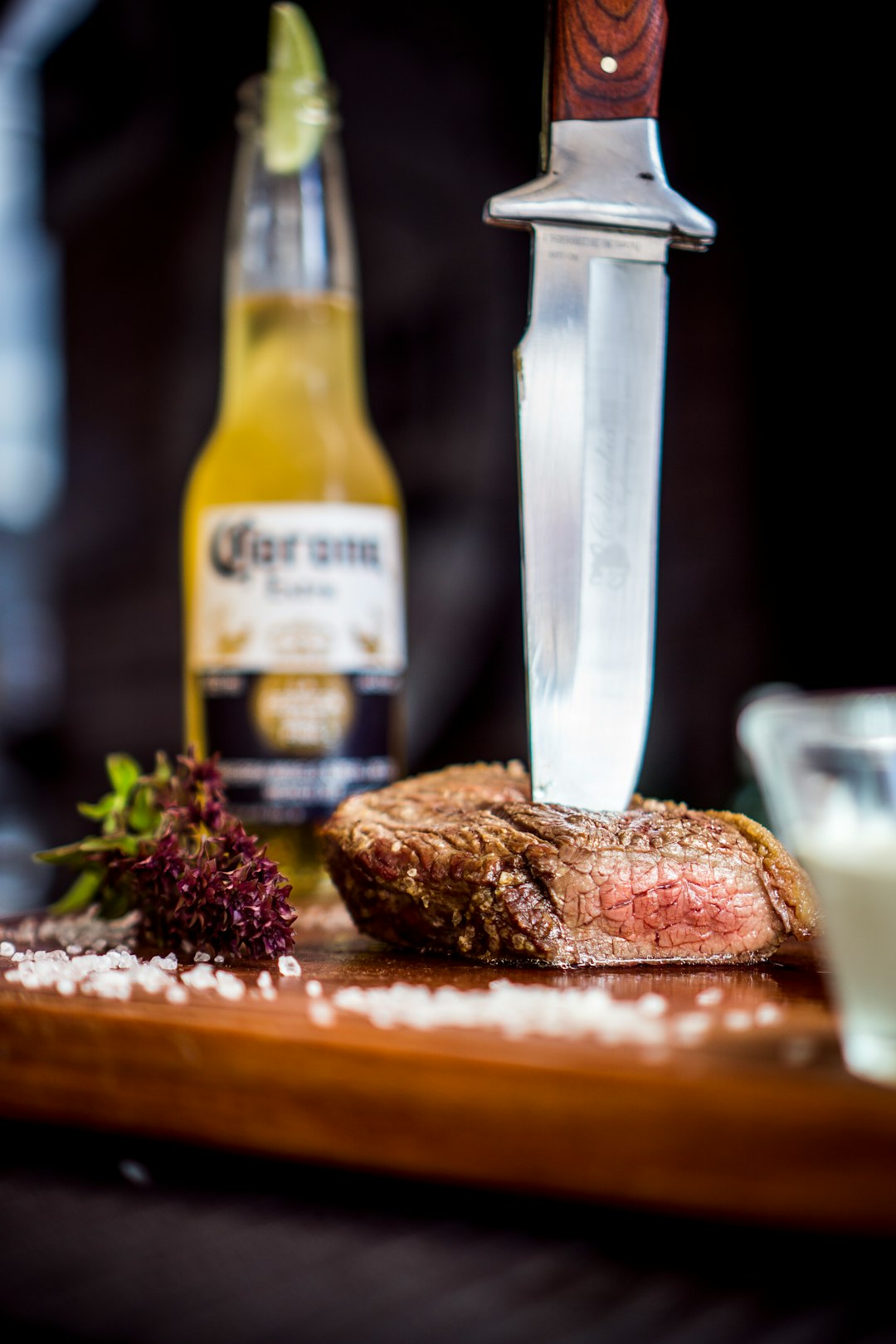
The art of smoking brisket lies in the precision of low and slow cooking techniques. This method allows the meat to break down, becoming incredibly tender and juicy with a melt-in-your-mouth texture. It’s not just about cooking; it’s a science. By maintaining a consistent low temperature, usually around 225°F (107°C), for several hours or even days, you’re transforming tough muscle fibers into a delectable delicacy.
This slow and steady approach ensures that the brisket cooks evenly, resulting in a well-balanced flavor profile. The smoky aroma wafting from your barbecue is just the beginning. Once sliced, the meat should be tender enough to shred with minimal effort, and when paired with a tangy or sweet barbecue sauce, it becomes the quintessential comfort food—a true delight for BBQ enthusiasts, making it an indispensable part of any Smoked BBQ Brisket Recipe.
Selecting the Right Barbecue Sauce
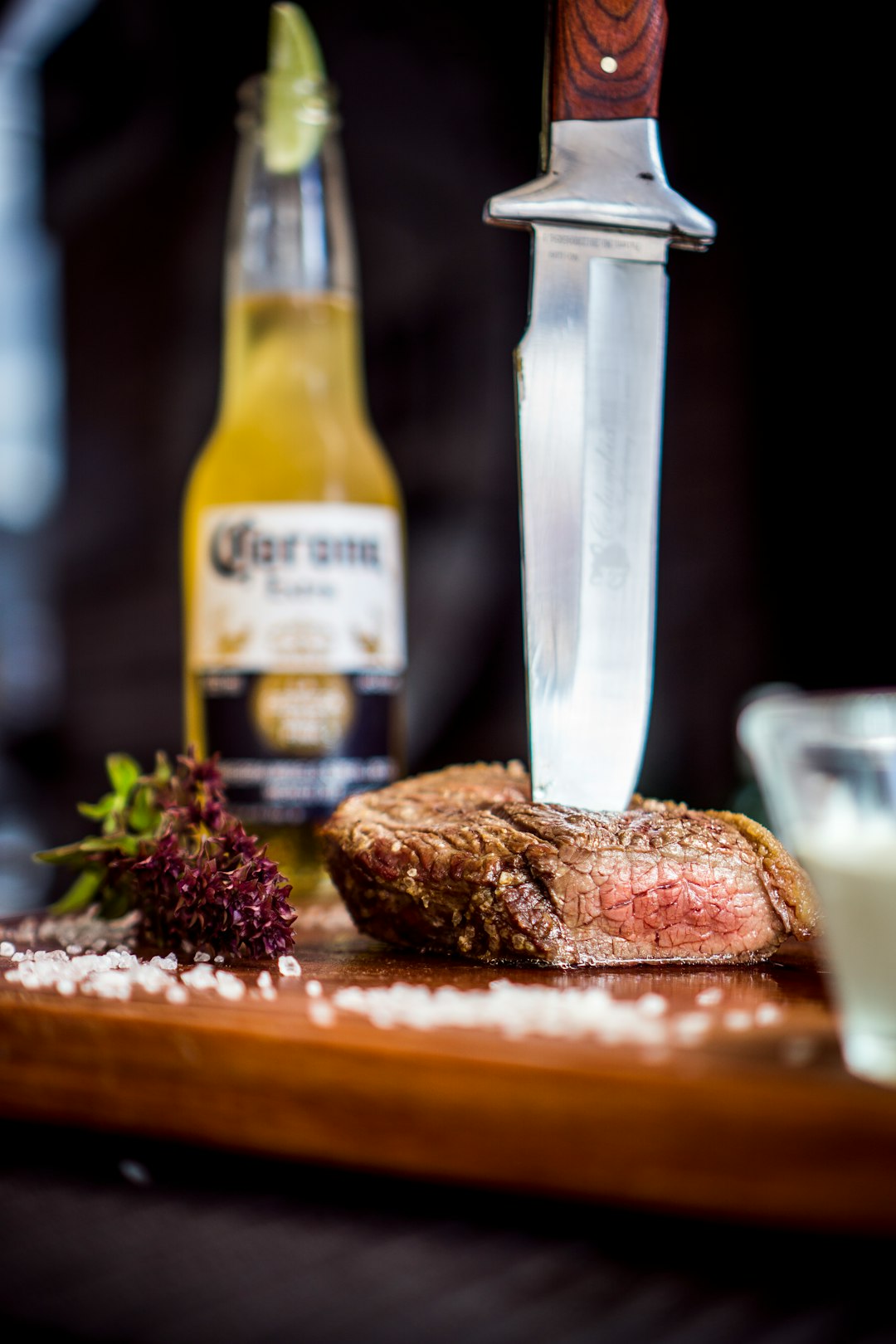
When it comes to a smoked BBQ brisket recipe, choosing the perfect barbecue sauce is key. The ideal sauce should balance sweetness, tanginess, and smoke flavor to complement the rich, succulent meat. Consider your preferred level of sweetness; some sauces lean towards honey or molasses for a deep caramelized note, while others offer a subtle fruitiness. Tanginess adds another layer of complexity, often achieved through vinegar or lemon juice. For a smoky twist, look for sauces that incorporate wood chips or charred pepper for an authentic barbecue taste.
For the best results, opt for high-quality ingredients and avoid overly processed sauces. Homemade sauces allow you to customize the flavor profile precisely, ensuring it aligns with your brisket’s exquisite taste. Whether you prefer a thick, rich sauce or a lighter, more tangy variety, selecting the right BBQ sauce will elevate your smoked brisket experience, making each bite a delightful fusion of flavors.
Glazing Techniques for Extra Flavor
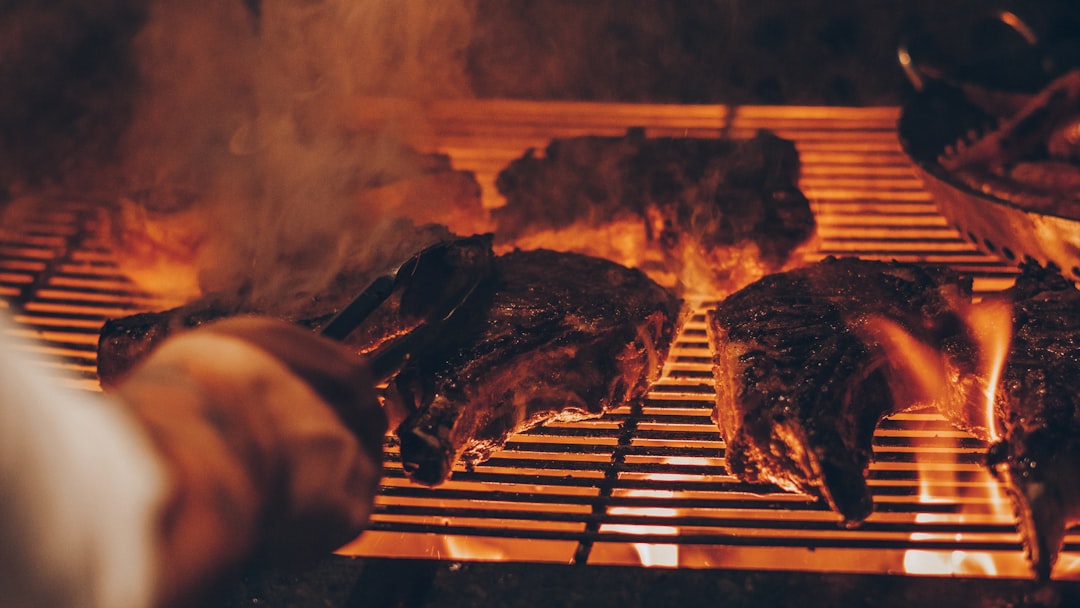
When it comes to smoked BBQ brisket recipe, glazing is an art that can elevate your meat from good to great. The key is to apply a glaze during the last 30-45 minutes of cooking to avoid burning off the sauce. A simple combination of brown sugar, mustard, and vinegar creates a sticky, sweet, and tangy coating that enhances the smoky flavor of the brisket. For a more complex profile, incorporate spices like paprika, garlic powder, and chili powder for a kick that will tantalize your taste buds.
For an extra layer of deliciousness, consider using your favorite barbecue sauce as a glaze. Brush it on generously during the final moments of smoking, allowing it to caramelize and form a glossy finish. This technique not only adds sweetness but also creates a delightful crust that locks in moisture, making each bite incredibly juicy and flavorful. Experiment with different sauces or create your own unique blend to tailor the taste precisely to your preference.
Resting and Slicing: The Final Touches
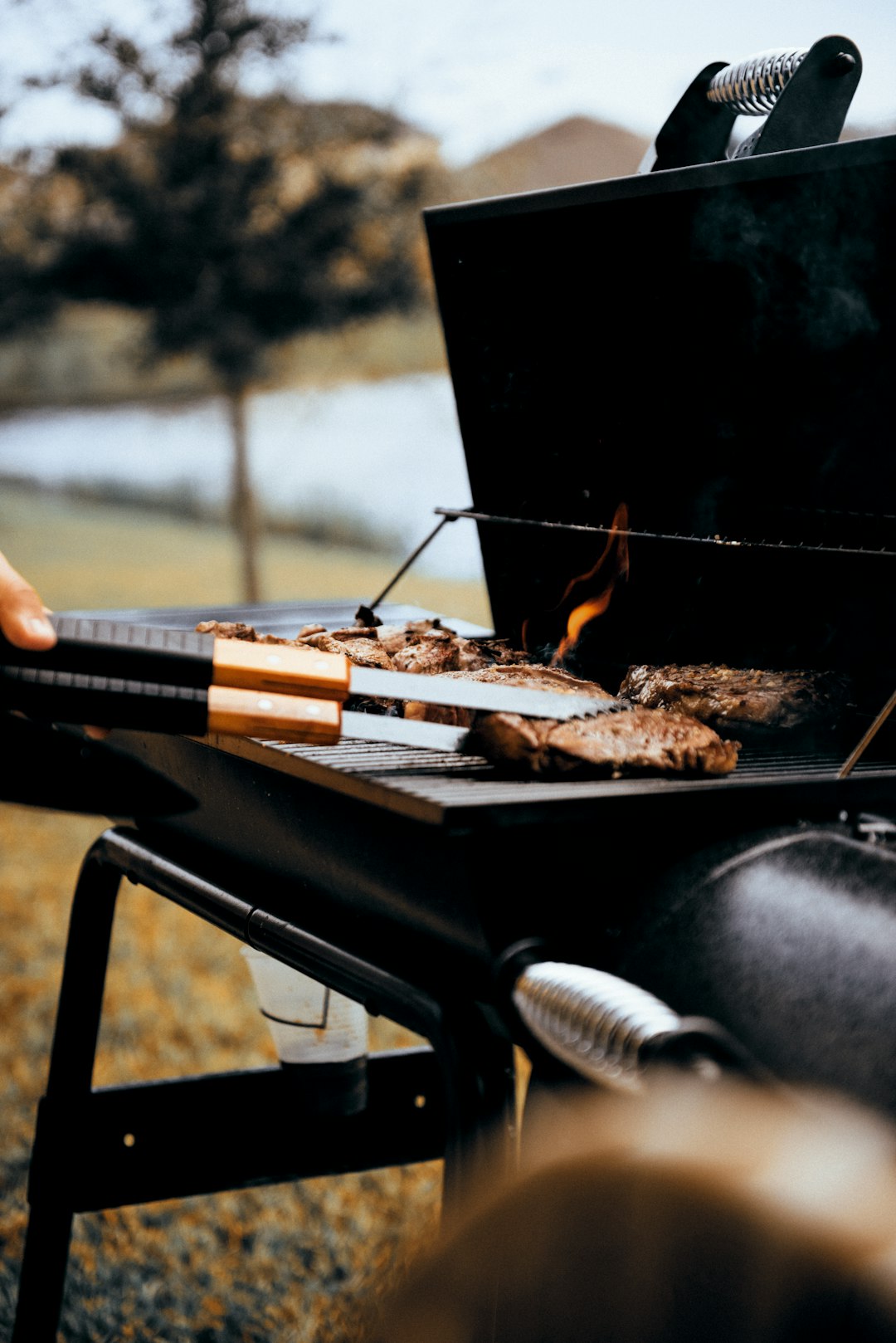
After carefully smoking your brisket to perfection, the next crucial step in any smoked BBQ brisket recipe is resting and slicing. Allowing the meat to rest for 15-20 minutes before slicing ensures that the juices are redistributed throughout the cut, resulting in incredibly tender and juicy slices every time. This simple step can make a world of difference in the final taste and texture of your brisket.
When it comes time to slice, consider the desired thickness based on personal preference. Thicker slices will retain more moisture while thinner cuts will cook faster in residual heat. Regardless of thickness, aim for even slices to ensure even cooking and a balanced BBQ brisket experience.
Serving Suggestions: Accompaniments and Pairings
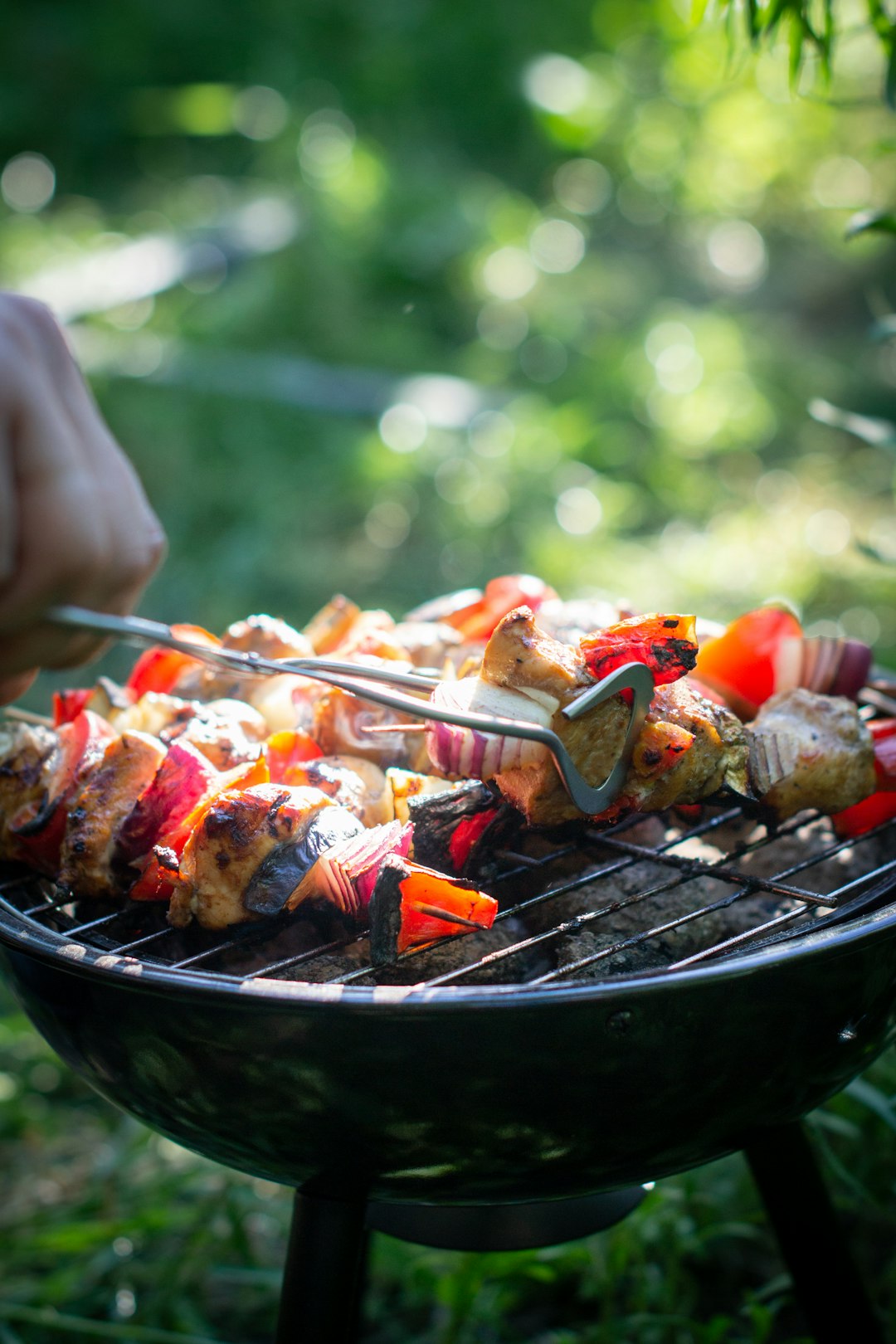
When serving your delicious smoked BBQ brisket recipe, consider a few simple yet effective accompaniments to enhance the overall dining experience. Classic sides like coleslaw and potato salad are always popular choices; their crisp textures provide a refreshing contrast to the tender, smoky brisket. For an extra touch of Southern comfort, add some creamy macaroni and cheese or a hearty baked bean dish.
Pairings can make or break a meal. Consider offering a selection of sauces alongside your brisket—both traditional and innovative options. A classic tomato-based BBQ sauce is a staple for any barbecue, while a spicy, tangy apple cider vinegar sauce can add a surprising kick. For a unique twist, experiment with different flavors like honey-mustard or a smoky, caramelized version. These pairings not only complement the brisket but also cater to diverse palates, ensuring every guest finds their perfect match.
